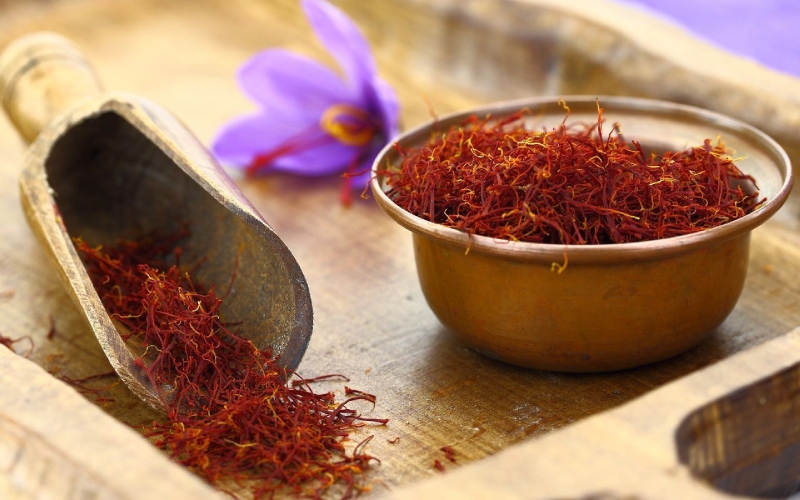Iranian Saffron in the Global Market: Export Outlook and Nutritional Aspects
Saffron is known as one of the most expensive and valuable spices in the world. This crimson gold is not only used in cooking for its unique color and flavor but also has gained attention for its medicinal and cosmetic properties. Saffron plays a significant role as a strategic export commodity in the economies of countries like Iran, India, and Spain. This article explores the types of saffron, their characteristics, and the role of saffron exports in the global economy.
Types of Saffron and Their Characteristics
Saffron is divided into various types based on the cultivation region and processing. Among the most important types of saffron are Sargol, Negin, Poushal, and Daste.
Sargol Saffron: This type of saffron is obtained from the top part and the purest section of the saffron stigma. Dark red color and strong aroma are prominent features of Sargol saffron. Due to its high quality and excellent coloring properties, Sargol saffron has the highest demand in international markets.
Negin Saffron: Negin saffron is prepared from the upper and thicker parts of the saffron stigma. This type of saffron has long threads without any yellow particles, giving it a beautiful and appealing appearance. Negin saffron also plays an important role in saffron exports due to its purity and high quality.
Poushal Saffron: This type of saffron includes parts of the stigma along with the style (yellow part). Poushal saffron has a different aroma and taste due to its combination of red and yellow colors, and its price is lower compared to Sargol and Negin saffron.
Daste Saffron: Daste saffron consists of complete stigmas along with the style, which are packaged in clusters. This type of saffron has a lower price due to less processing and a higher proportion of yellow parts.
Nutritional and Medicinal Properties of Saffron
Saffron contains active biological compounds such as crocetin, picrocrocin, and safranal, which give it unique medicinal properties. Saffron has antioxidant, anti-inflammatory, and antidepressant properties. Additionally, saffron helps improve digestion, strengthen the immune system, and reduce blood pressure.
The Role of Saffron Exports in the Global Economy
Iran is recognized as the largest producer and exporter of saffron globally. Other countries such as India, Spain, and Afghanistan also play a role in saffron production and exports. Saffron exports to international markets contribute to meeting global demands and earning foreign exchange for producing countries. Due to its high economic value and wide-ranging applications in the food, pharmaceutical, and cosmetic industries, saffron is recognized as a strategic product in global trade.
Challenges and Opportunities in Saffron Exports
Saffron exports come with various challenges and opportunities. Important challenges include climate change, global price fluctuations, and issues related to quality and health standards. However, increasing demand for saffron in global markets and the development of new technologies in saffron cultivation and processing provide ample opportunities for the growth and expansion of saffron exports. Saffron not only serves as a valuable and expensive spice but also plays a crucial role as a strategic export commodity in the global economy. Sustainable development of saffron cultivation and exports can contribute to strengthening agricultural economies, improving food security, and enhancing public health. Given the importance of saffron in global nutrition and its role in international trade, investment in saffron production and exports can be profitable and impactful.

